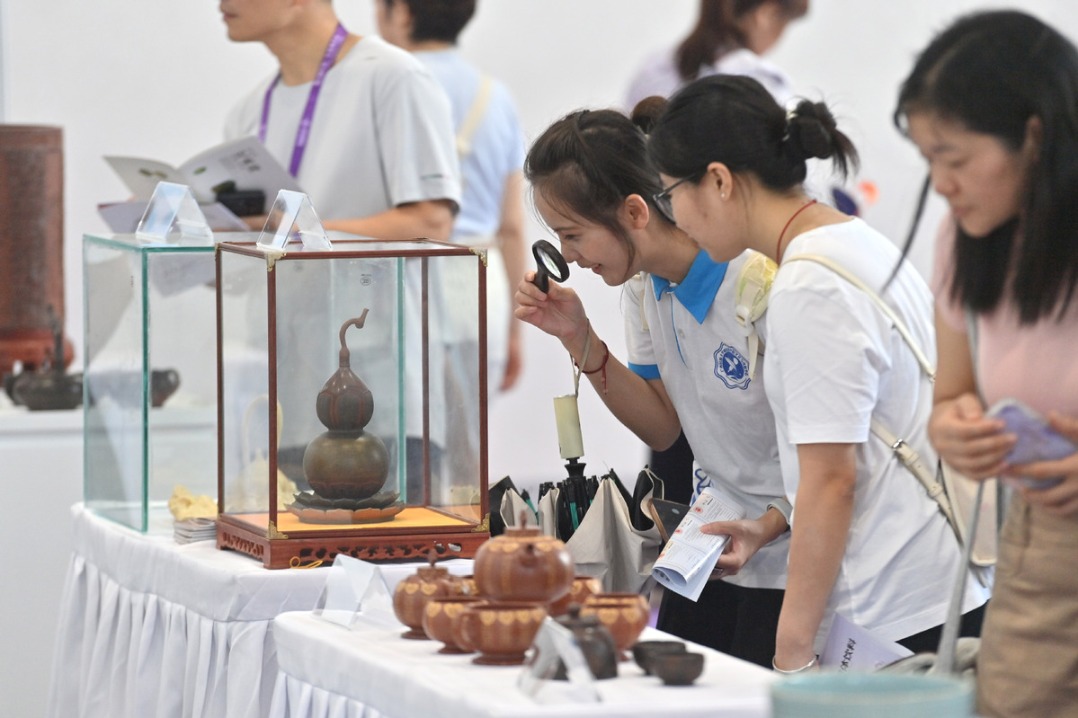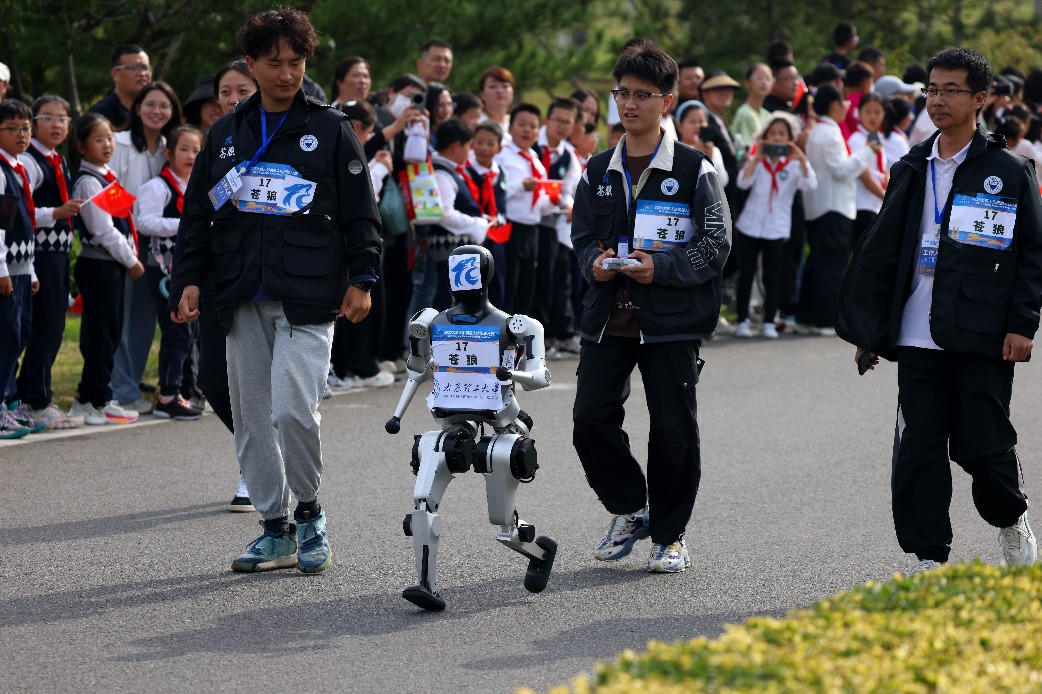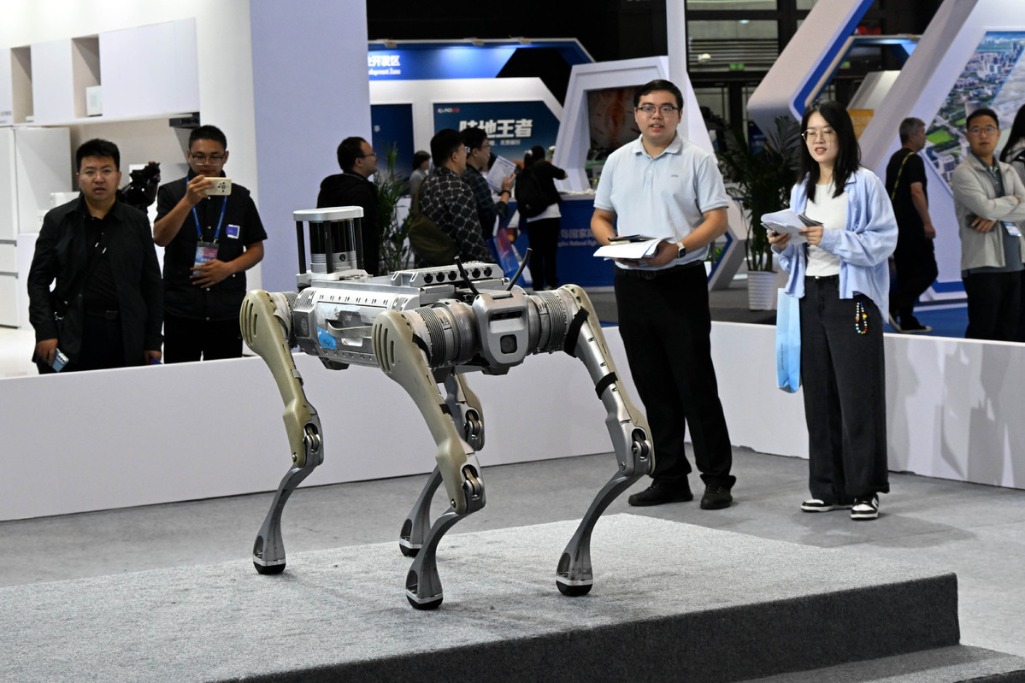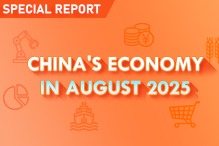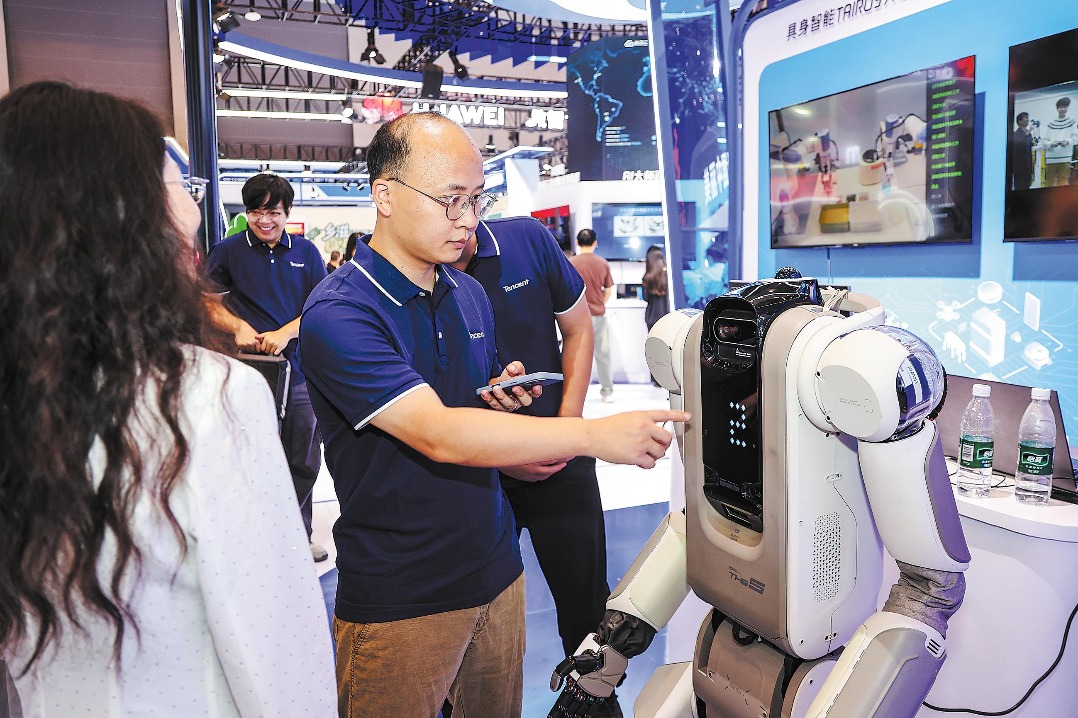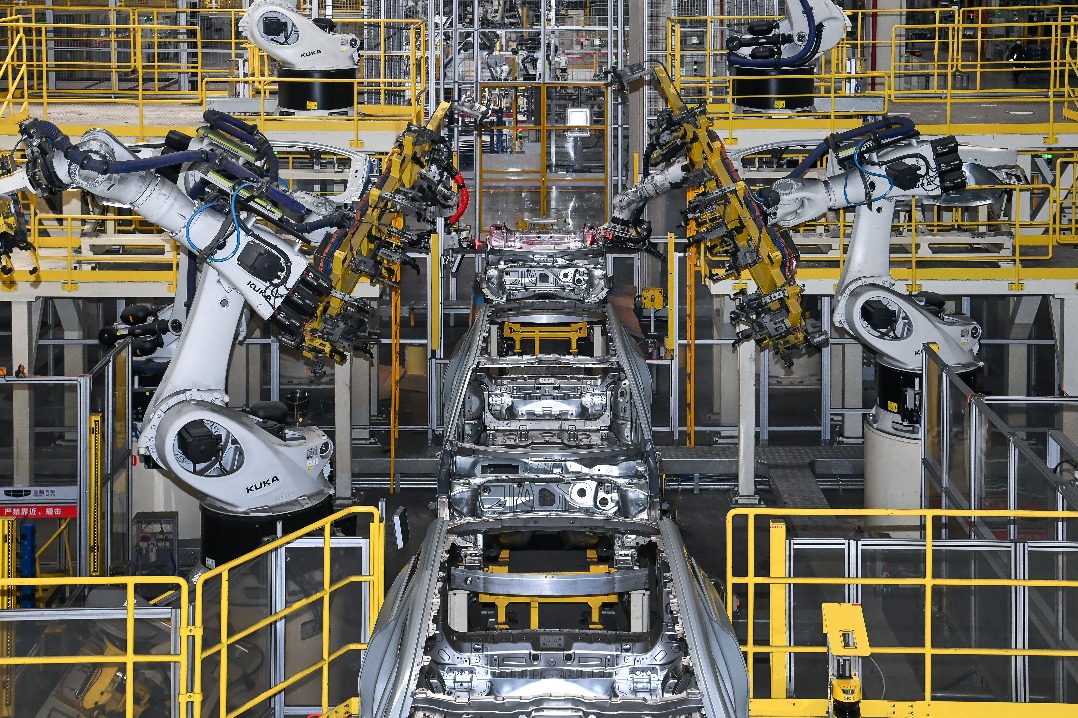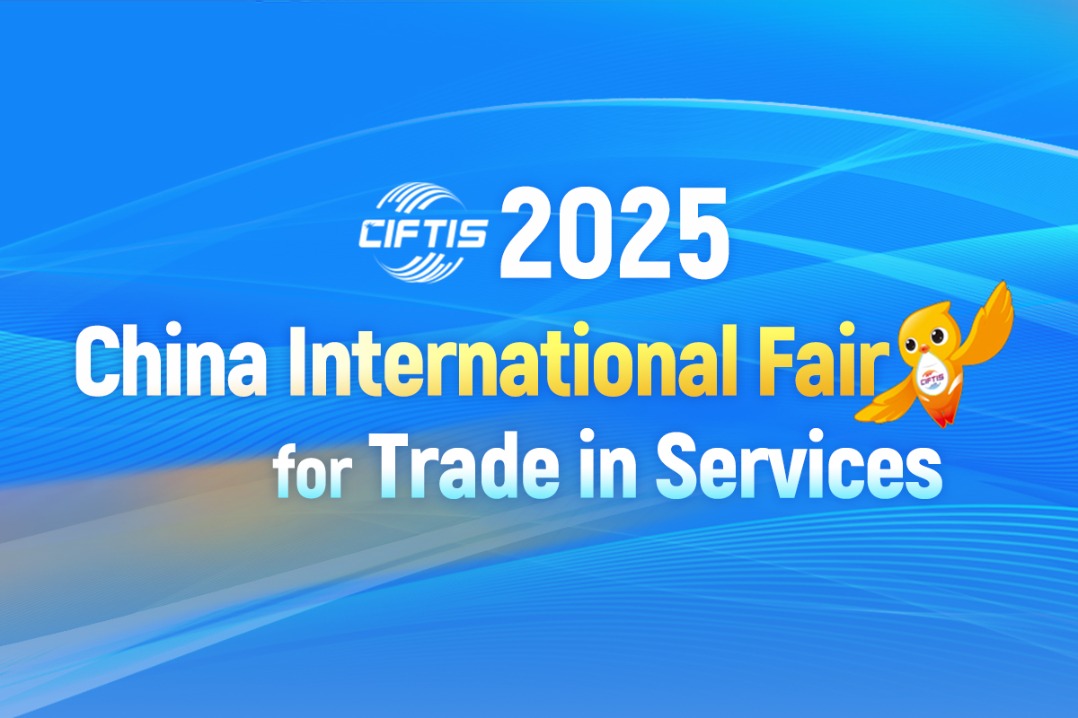Chinese beauty market vital driver for L'Oreal's first-half performance

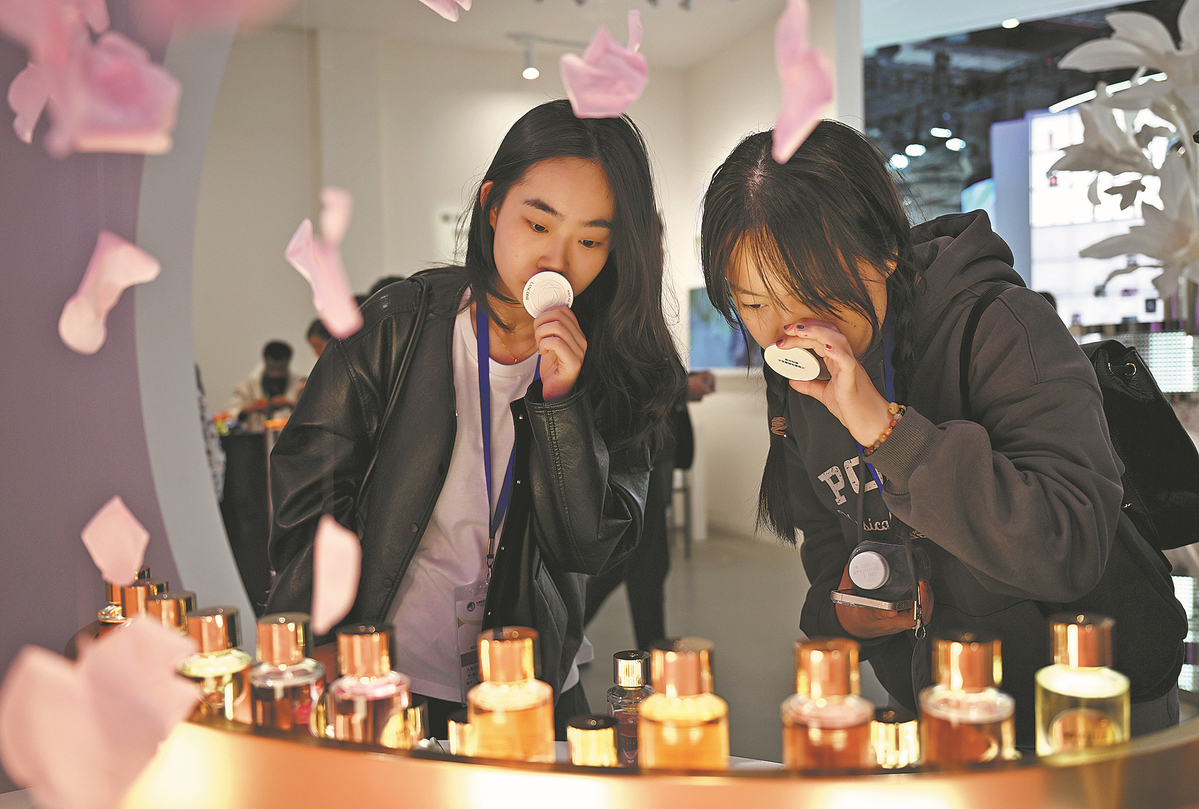
L'Oreal Group reported a modest rise in first-half earnings, fueled by double-digit growth in emerging markets and a return to growth on the Chinese mainland.
Sales in the six months through June rose 3 percent on a like-for-like basis to 22.47 billion euros ($25.98 billion), the French cosmetics giant said on July 29. Net profit excluding non-recurring items was 3.78 billion euros, up 1 percent from a year earlier.
"As anticipated, L'Oreal's like-for-like growth accelerated between the first and second quarter," CEO Nicolas Hieronimus said. "The ongoing strength in emerging markets, the slight rebound on the Chinese mainland and the gradual recovery in North America more than offset the expected slowdown in Europe, once again validating our multipolar model."
"Adjusted growth improved sequentially in North Asia and the key driver was the Chinese mainland, which turned positive for the first time in five quarters," Hieronimus told analysts during an earnings call on Friday.
The Chinese mainland market returned to positive territory in the second quarter, reversing a slight decline in the first. Adjusted for IT transformation phasing, growth on the mainland hit around 3 percent in the second quarter, with all divisions positive, said the CEO.
Dermatological beauty and professional products delivered particularly strong results for the group, said the company.
During the key midyear June 18 shopping festival, L'Oreal Group outpaced a more dynamic market, Hieronimus said, placing four brands in the top 10 and eight in the top 20 in this year's ranking.
Dermatological beauty division sales rose 3.1 percent on a like-for-like basis, with reported growth at 1.7 percent. Market growth in China remained broadly flat year-on-year, an improvement from the 4 percent contraction recorded during the same period last year.
Hieronimus said L'Oreal's luxury brands began outperforming mass-market peers, benefiting from consumer appetite for premium and high-end offerings.
"In China, we see the market getting better," he said. He also noted fierce competition from local Chinese brands, particularly in the mass and cosmetics categories. Some independent local names that had gained traction earlier showed signs of fading during 6.18, reinforcing the high churn rate typical of the dynamic beauty landscape in the Chinese market.
While L'Oreal Paris is "doing OK", the brand is under pressure in the makeup segment, Hieronimus said. A revamped product pipeline for the second half, including the relaunch of the Hyaluronic Acid Filler and Age Perfect lines, is expected to drive momentum.
Among the highlights of L'Oreal's "Beauty Stimulus Plan" — a strategic initiative launched to boost consumer demand — is a high-stakes skincare launch under its Helena Rubinstein brand. The group has introduced a new product to its Re-Plasty Age Recovery line, which already ranks as China's top-selling beauty product. The new cream contains 60 percent Pro-Xylane, an antiaging molecule developed by the company.
"We have high expectations for this product," Hieronimus said. "When it sells, it's money in the bank."
He added that China's higher-income consumers remain committed to high-quality, luxury beauty products, particularly in fragrance and premium skincare. More affordable brands, such as Biotherm, face greater pricing pressure and competition.
"There is this appetite for quality," he said. "The top end of the market remains stronger and more dynamic."
Jiang Yali, category director of beauty and personal care, Mintel China, said the Chinese beauty and personal care market is currently undergoing a cyclical adjustment with a return to rational consumption.
"Although the overall market growth rate has slowed down, the professional upgrade of skincare efficacy centered on skin health, the upgrade of cosmetics focused on professional makeup artists as a selling point, and the in-depth exploration and fulfillment of consumer needs in emotional skincare, niche groups and specific scenarios have injected new growth momentum into brands," said Jiang.
In the future, brands can also provide cross-category integrated solutions that can rebuild healthy beauty by focusing on changes in consumer psychology for beauty and personal care products, said Jiang.


















